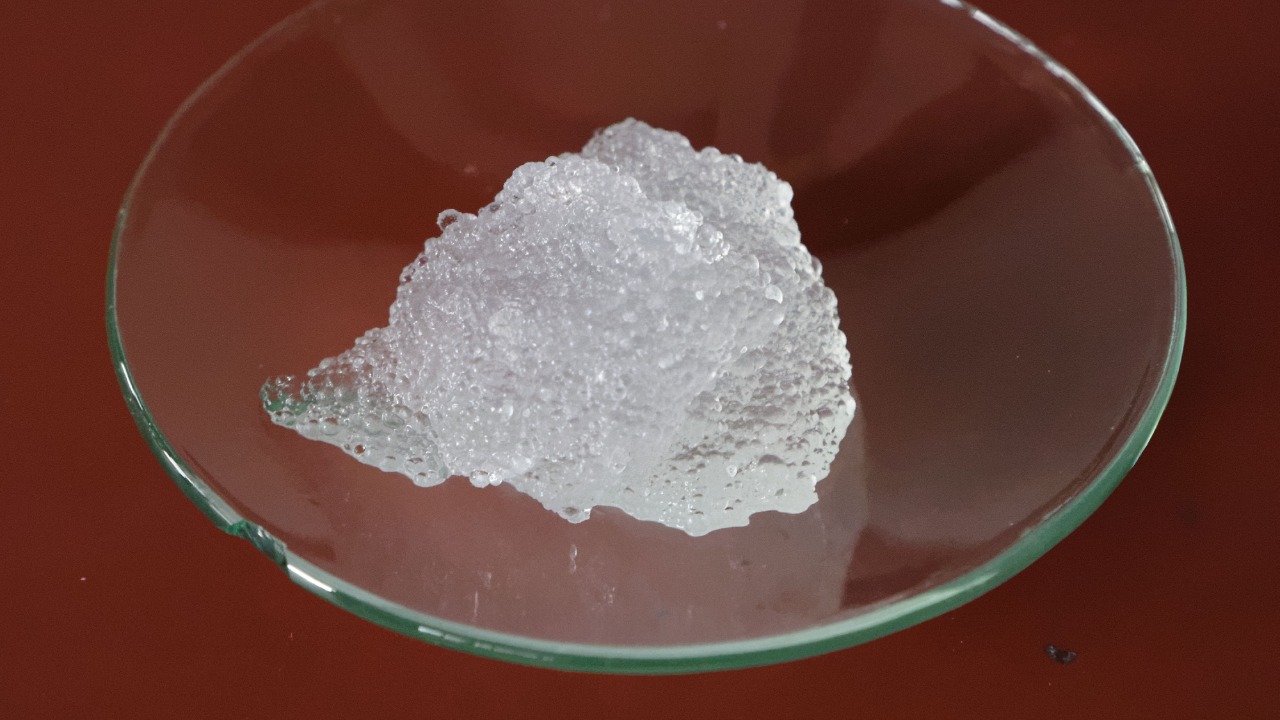
In a significant leap for anti-counterfeiting measures, researchers have developed a novel hydrogel capable of embedding unique, unclonable identities into everyday objects. This innovation could make it virtually impossible to fake or clone products, from luxury goods to critical infrastructure components, by leveraging the inherent properties of the hydrogel to assign tamper-proof markers.
The Science Behind the Hydrogel
The unique properties of this hydrogel stem from its chemical composition and structural characteristics. Unlike conventional materials, this hydrogel integrates microscopic variations that contribute to its unclonable nature. The fabrication process is equally intriguing, as the hydrogel is synthesized to incorporate random, non-reproducible patterns at the nanoscale level. This randomness is key to the hydrogel’s uniqueness, as it ensures that no two batches are identical.
Supporting lab tests have demonstrated the hydrogel’s stability under various environmental conditions, including exposure to different temperatures and humidity levels. This robustness further enhances its potential for widespread application, as it can withstand the rigors of various manufacturing and usage scenarios.
How Unclonable Identities Are Created
The hydrogel’s ability to generate unique identifiers lies in its formation of irregular microstructures during the curing process. These microstructures, which defy replication, serve as the basis for the hydrogel’s unclonable identities. In prototypes, the hydrogel was applied to metal and plastic surfaces, resulting in verifiable, one-of-a-kind signatures that could be read by specialized scanners.
The role of entropy in the hydrogel’s design is also noteworthy. Each application of the hydrogel produces a fingerprint-like pattern that is impossible to forge without identical molecular chaos. This randomness, akin to the uniqueness of human fingerprints, is what makes the hydrogel’s identities truly unclonable.
Applications in Anti-Counterfeiting
The hydrogel’s unique properties open up a wide range of potential applications in anti-counterfeiting. For instance, it could be embedded in electronics to combat black-market replicas. Industrial applications are equally promising, with the potential for tagging supply chain components to prevent unauthorized cloning in sectors such as aerospace and pharmaceuticals.
Moreover, the hydrogel can be integrated with existing manufacturing lines with minimal alterations, making it a viable solution for widespread adoption. This ease of integration could significantly enhance the hydrogel’s reach and impact in combating counterfeiting.
Advantages Over Traditional Security Features
Compared to conventional anti-counterfeiting methods like holograms or RFID tags, the hydrogel offers several advantages. Its resistance to scanning and reverse-engineering attempts makes it a more secure option. Furthermore, the hydrogel’s durability and one-time application process could result in lower long-term expenses, enhancing its cost-efficiency.
Scalability is another key advantage of the hydrogel. Evidence from pilot programs shows that the technology can be deployed at mass-production volumes without compromising the uniqueness of the identities it generates. This scalability makes the hydrogel a practical solution for large-scale anti-counterfeiting efforts.
Challenges and Limitations
Despite its potential, the hydrogel does have certain vulnerabilities. For instance, it may degrade over extreme time periods or under chemical attack, as suggested by initial durability assessments. Implementation hurdles, such as the need for new detection equipment and training for verification personnel, also need to be addressed.
There are also ethical considerations to take into account. If the hydrogel’s identifiers could inadvertently track objects beyond their intended anti-faking purposes, this could raise privacy concerns. Balancing the benefits of the hydrogel’s unclonable identities with the need to protect privacy will be a key challenge moving forward.
Future Developments and Broader Impact
Research is ongoing to enhance the hydrogel’s responsiveness. One promising avenue is integrating it with smart materials for real-time authentication. This could further bolster the hydrogel’s effectiveness in combating counterfeiting.
The economic implications of the hydrogel are also significant. By reducing global counterfeiting losses, which are estimated in the hundreds of billions annually, the hydrogel could have a major impact on the global economy. Collaborative efforts between academia and industry are underway to standardize the technology, paving the way for its regulatory adoption in international trade.
In conclusion, the development of this unclonable hydrogel represents a major breakthrough in anti-counterfeiting technology. While challenges remain, its potential to revolutionize the way we authenticate products and combat counterfeiting is undeniable.